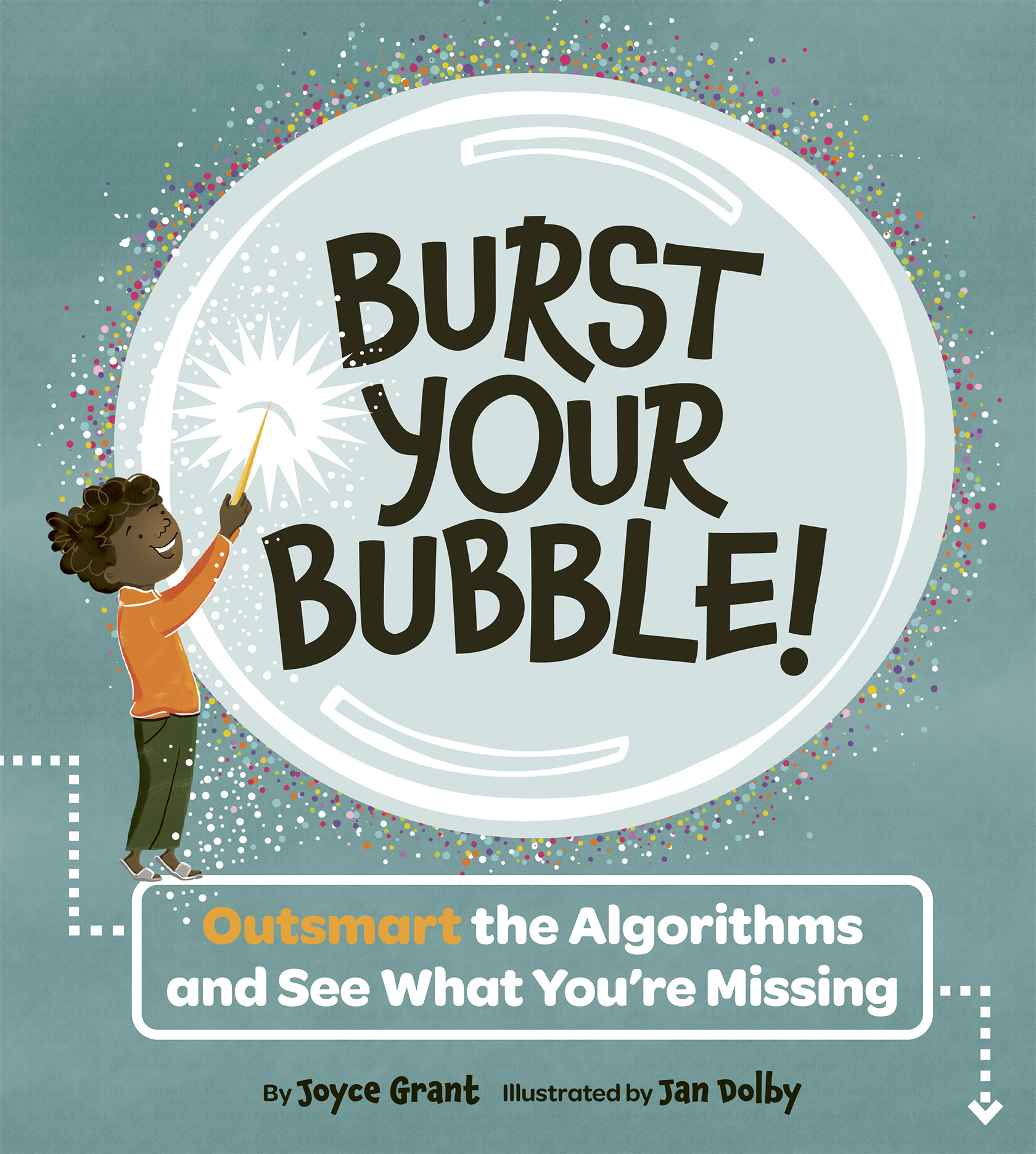
Tiny pieces of plastic – each about the size of a grain of sand – are posing a huge threat to marine life in the Great Lakes.
For the past two summers, researchers from an organization called 5 Gyres have been collecting water samples from the Great Lakes.
They used fine-mesh nets to skim the surface of the water. When they looked at what they had collected, they found thousands of tiny plastic beads, each less than a millimetre.
At first the scientists didn’t know where these “microbeads” came from. Then they used an electron microscope to compare them to products such as face and body washes or toothpaste that people use to help scrub and polish our skin and teeth. They found that those products contained microbeads that were the same size, colour, texture and shape as the plastic beads found in the water samples.
When the researchers put the contents of a single tube of facial scrub through a sieve, it left behind about 330,000 microbeads. They think there could be as many as 1.1 million bits of plastic per square mile in the Great Lakes.
This is a problem because marine animals such as mussels, worms, fish and plankton may mistake the plastic beads for fish eggs or microscopic organisms and eat them.
Microbeads are made of toxic (poisonous) chemicals. Because they float around in the water for a long time without breaking down, they also absorb other harmful chemicals that might be in the water, like detergents, oil and pesticides. When animals eat the beads, they are also eating all of these chemicals.
Scientists in England have been studying a type of marine animal called a lugworm to see how microplastics affect them. Lugworms live in the sand of beaches in Europe and North America, around the Atlantic Ocean. They eat microorganisms that live in the sand, and then they are eaten by fish and birds.
When lugworms mistakenly eat microplastics that have sunk into the sand, it fills them up so they don’t eat enough proper food. Then they don’t grow as much as they should and they don’t reproduce as often. This could mean fewer lugworms in the environment and less food for species that feed on them.
Scientists think microplastics probably have similar effects on other animals that eat them. They also found that these toxins remain in an animal’s body, so they can be passed up the food chain to the fish or birds that eat that animal. Eventually, the toxic chemicals could end up in fish that are eaten by people.
Microplastics can come from a variety of sources. Some are particles of larger pieces of plastic that have broken down. Others come from synthetic fabrics like polyester: every time a piece of polyester clothing is washed, hundreds of fibres are released into the water.
But most come from microbeads that are either melted down to make larger plastic items, or added to cosmetic products.
Dealing with pollution from microplastics is especially difficult because of their tiny size. The beads are too small to be filtered out of the water at wastewater treatment plants (where used water is cleaned before being returned to the environment).
Once they have entered the environment, it is impossible to remove them from the water because plankton and other microscopic organisms would be scooped up along with them.
Making better systems for filtering wastewater before it is released back into the environment is one way to help prevent microplastic pollution. But the best way to solve the problem is to stop creating more pollution.
An organization called the Great Lakes and St. Lawrence Cities Initiative represents more than 100 cities in Canada and the United States. It is asking the governments in both countries to get involved in preventing and cleaning up plastics pollution.
That organization and researchers from 5 Gyres have also asked cosmetics manufacturers to stop using microplastic beads in their products and replace them with natural alternatives instead. Things like nutshells, grape seeds, oat kernel flour, or even sugar will work just as well in cosmetic products, and they are biodegradable. (“Biodegradable” means they will break down and be absorbed into the environment without causing harm.)
Many companies have agreed to stop using microbeads, but it may take them a few years to remove them from all of their products.
Meanwhile, environmentalists are encouraging consumers to stop buying products that contain microplastics and choose natural options instead.
To find out if a product contains microplastics, you can check the list of ingredients for any of these items: polyethylene; polyethylene terephthalate; PVC; or polystyrene.
Related links
5 Gyres video of Great Lakes study.
David Suzuki’s list of harmful ingredients commonly found in personal care products.
CURRICULUM CONNECTIONS
By Jonathan TIlly
Writing/Discussion Prompt
Today’s article explained the dangerous impact of the microplastics found in the great lakes. Did this article encourage you to change your behaviour? Why or why not? And if yes, yes, how so?
Reading Prompt: Analysing Text
What are the different goals and aims of the introduction, body, and conslusion of today’s article?
Junior
Analyse texts and explain how various elements in them contribute to meaning (OME, Reading:1.7 ).
Intermediate
Analyse a variety of texts, both simple and complex, and explain how the dif- ferent elements in them contribute to meaning and influence the reader’s reaction (OME, Reading: 1.7).
Language Feature: Technical Vocabulary
Technical vocabulary are words that are specific to a subject. They are often precise or exact words. Today’s article includes many technical terms and that’s because science has very specific words for things. The words “microbead,” “microplastics,” and even “organisms” are good examples of scientific technical vocabulary.
When might an author choose to include technical vocabulary in their writing? When might they choose not too?







